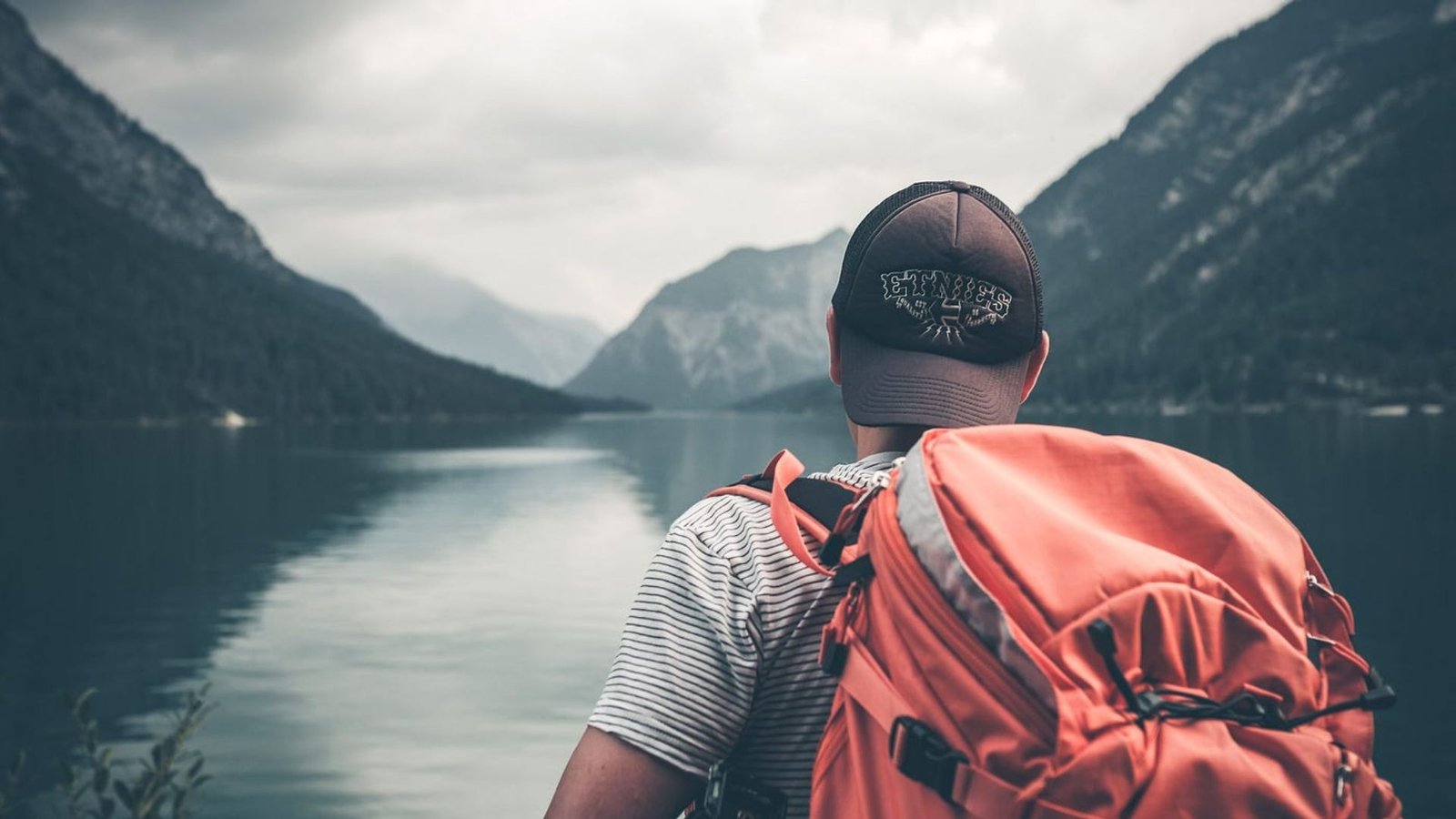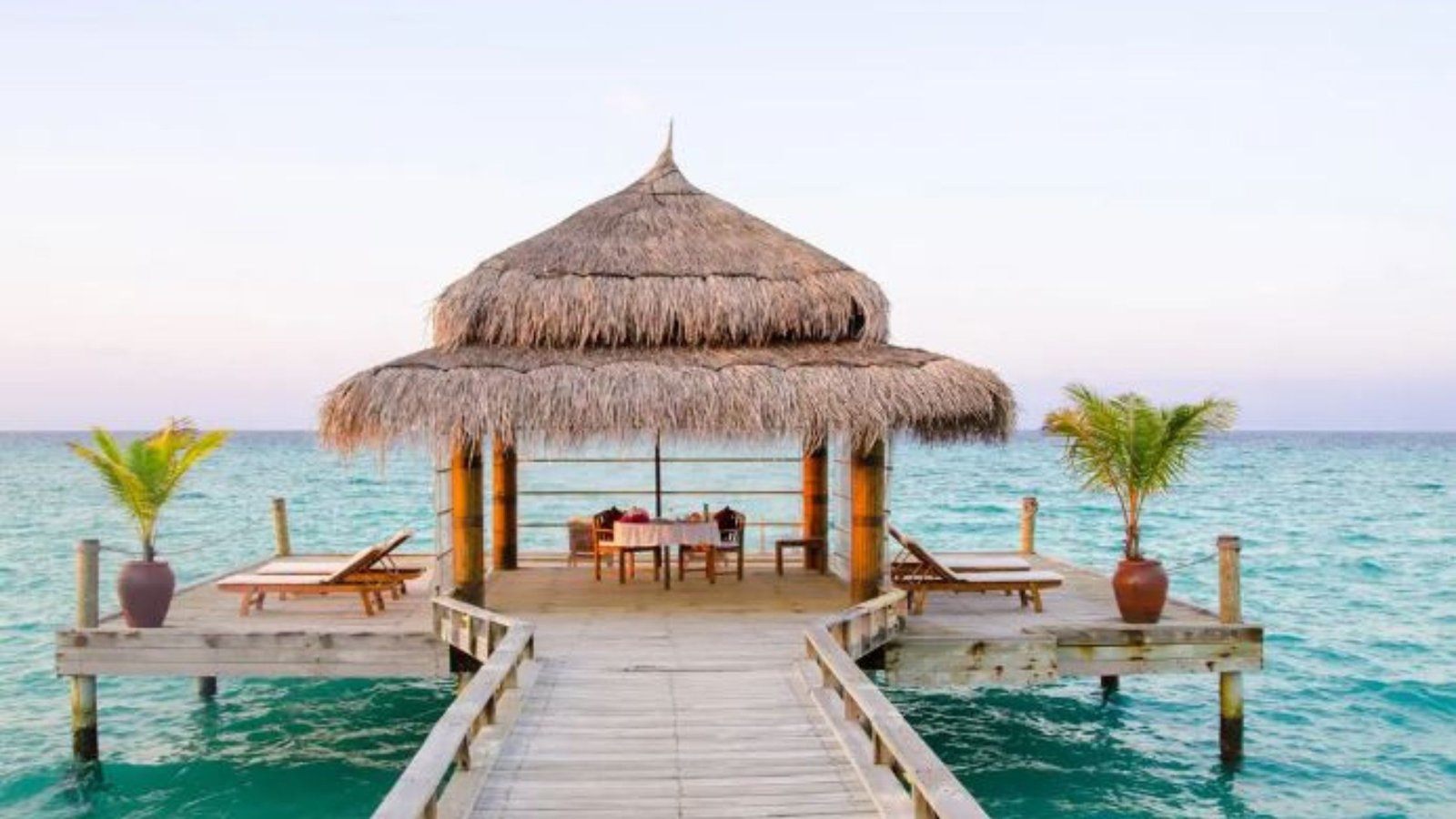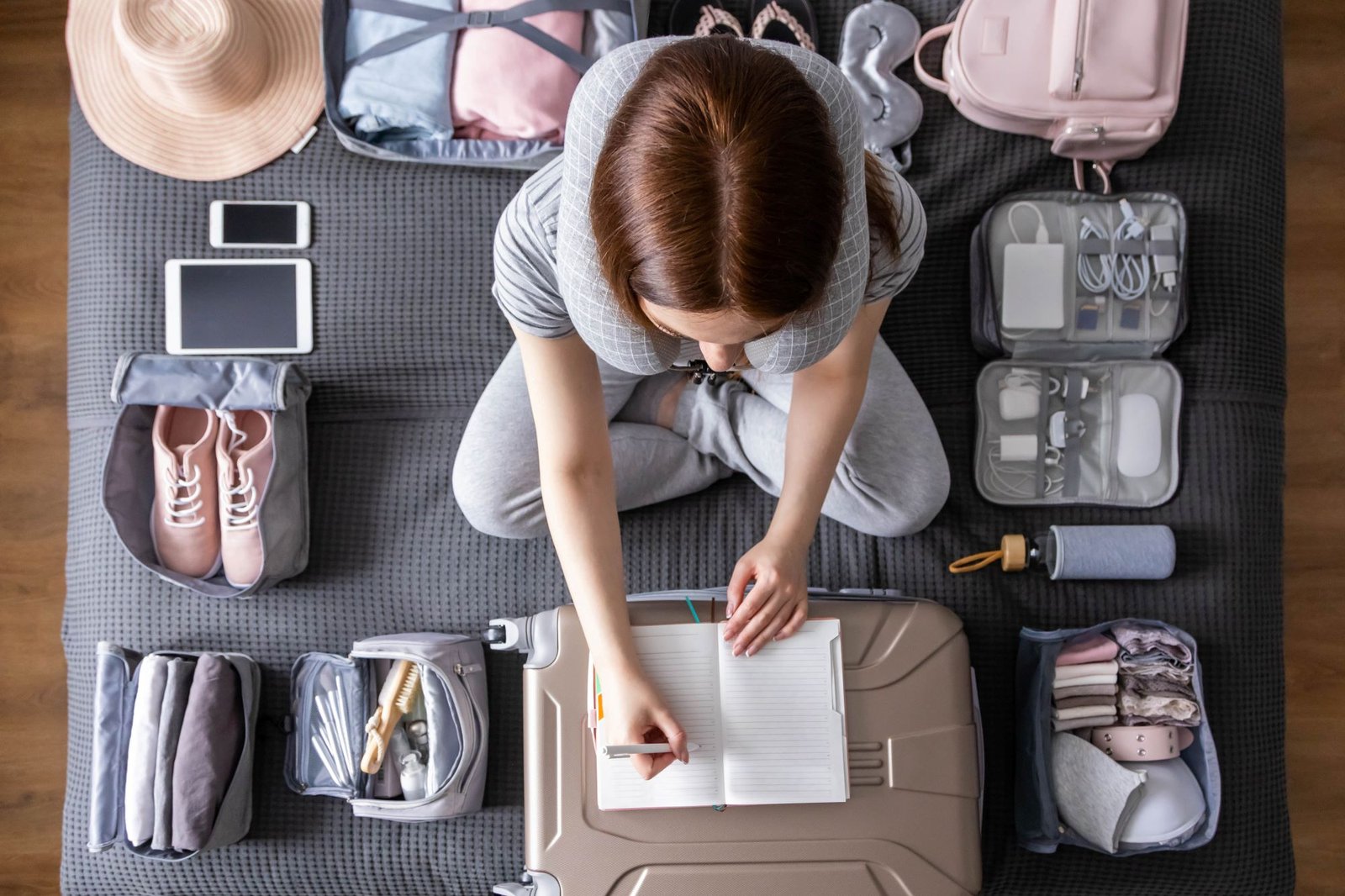Solo travel offers the freedom to explore at your own pace and immerse yourself fully in new experiences. Planning a solo adventure requires careful consideration and preparation to ensure a safe and enjoyable journey. Here’s a comprehensive guide to help you plan the perfect solo travel adventure.

Define Your Travel Goals
Identify Your Interests: Determine what you want to achieve with your solo trip. Are you seeking relaxation, adventure, cultural experiences, or personal growth? Understanding your goals will guide your destination and activity choices.
Set a Budget: Establish a budget for your trip, including flights, accommodation, food, activities, and emergencies. Be realistic about what you can afford and plan accordingly.
Choose Your Destination: Select a destination that aligns with your interests and budget. Consider factors like safety, climate, language, and local culture. Research destinations that are known for being solo-traveler friendly.
Plan Your Itinerary
Create a Flexible Itinerary: Plan a general itinerary that includes key activities and sights you want to see, but leave room for spontaneity. Allowing flexibility in your schedule can lead to unexpected and memorable experiences.
Research Local Attractions: Look up must-see attractions, local events, and hidden gems. Read travel blogs, guidebooks, and reviews to get a sense of what interests you and fits your travel style.
Map Out Logistics: Plan your transportation and accommodation in advance. Know how you’ll get from the airport to your lodging and how you’ll navigate the city. Familiarize yourself with local transport options.
Book Your Accommodation
Choose Safe and Comfortable Lodging: Opt for accommodations with good reviews, particularly those known for being solo-traveler friendly. Consider hostels, guesthouses, or Airbnb for a more social environment, or hotels for added privacy.
Check Location: Select a central location or one close to major attractions to reduce travel time and costs. Ensure the area is safe and convenient for exploring.
Verify Amenities: Look for amenities that suit your needs, such as Wi-Fi, breakfast, or a communal kitchen. Read reviews to gauge the comfort and safety of the accommodation.
Prepare for Safety
Research Safety Tips: Familiarize yourself with local safety information, including common scams, emergency contacts, and cultural norms. Check travel advisories from your government’s foreign affairs department.
Share Your Itinerary: Inform a trusted friend or family member of your travel plans, including your itinerary and accommodation details. Regularly update them on your whereabouts.
Pack Smart: Bring only what you need and ensure your belongings are secure. Use a money belt or neck pouch for valuables and keep copies of important documents like your passport and travel insurance.
Organize Travel Documents
Prepare Your Passport and Visa: Ensure your passport is valid for the duration of your trip and check if you need a visa for your destination. Keep a copy of your passport and visa in case of loss or theft.
Purchase Travel Insurance: Invest in travel insurance that covers medical emergencies, trip cancellations, and theft. Read the policy carefully to understand what’s covered.
Plan Currency and Payments: Research the local currency and exchange rates. Consider carrying a small amount of cash and a credit/debit card. Notify your bank of your travel plans to avoid any issues with your cards.
Pack Wisely
Pack Light and Smart: Focus on essentials and versatile clothing. Choose items that can be mixed and matched and are suitable for the climate. Don’t forget travel-sized toiletries and a first-aid kit.
Prepare for Different Scenarios: Pack for various weather conditions and activities. Include a rain jacket, comfortable walking shoes, and a daypack for excursions.
Stay Organized: Use packing cubes or organizers to keep your belongings tidy and easily accessible. This helps you find what you need quickly and keeps your luggage efficient.
Stay Connected
Get a Local SIM Card or International Plan: Stay connected by getting a local SIM card or an international roaming plan. This ensures you can access maps, stay in touch with contacts, and use travel apps.
Download Useful Apps: Install travel apps for navigation, translation, and local recommendations. Apps like Google Maps, Duolingo, and TripAdvisor can be valuable tools on the road.
Stay Social: Join local meetups or social groups for solo travelers. Platforms like Meetup or Couchsurfing can help you connect with other travelers and locals.
Embrace the Experience
Stay Open-Minded: Be open to new experiences and embrace the freedom of solo travel. Explore local customs, try new foods, and engage with people you meet along the way.
Practice Self-Care: Listen to your body and mind. Take breaks, stay hydrated, and ensure you get enough rest. Balance your itinerary with relaxation to avoid burnout.
Document Your Journey: Keep a travel journal or blog about your experiences. This not only helps you remember your trip but also provides a way to reflect on your adventure.
Conclusion
Planning the perfect solo travel adventure involves thoughtful preparation and a willingness to embrace new experiences. By defining your goals, researching destinations, ensuring safety, and staying flexible, you can create a rewarding and enjoyable solo journey. Embrace the freedom to explore at your own pace and make the most of your solo adventure.




